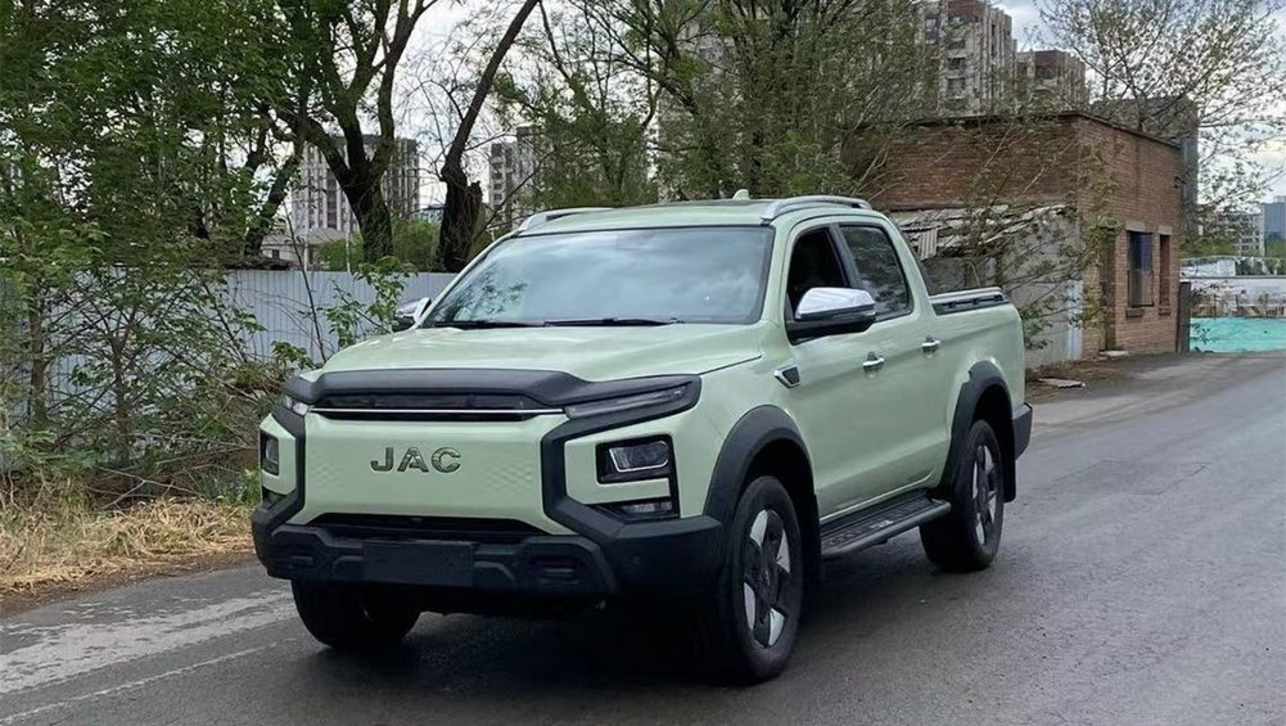After 54 years and more than 3.4 million cars, Toyota has put an end to its Australian vehicle manufacturing operations.
Toyota has closed its Altona factory in Melbourne as respectfully as global boss Akio Toyoda’s famously solemn February 2014 announcement of plans to end Australian production.
As a mark of respect to the 2500 staff in attendance, the media was not officially involved in actual shutdown proceedings, with the day dedicated to local workers past and present and dignitaries visiting from Japan.
Toyoda-san was not present himself, but addressed staff via video after visiting Altona in person during August.
In the four years that have passed since the 2014 closure announcement, the company has executed a carefully planned transition from a manufacturing company to a sales and distribution business.
Key milestones included the confirmation of its future organisational structure by the end of 2014, which ensured that all staff were certain of their future with or without Toyota.
.jpg)
The Altona closure follows Ford’s shuttering of its Geelong and Broadmeadows plants on October 7 last year, and comes barely two weeks ahead of the end of Holden’s Elizabeth plant on October 20.
Speaking with CarsGuide in Melbourne last week, out-going long-time chairman Max Yasuda, president David Buttner, executive director of sales and marketing Tony Cramb, along with current vice president and incumbent president and CEO Matthew Callachor explained the company-wide regret for the need to end production in Australia.
Yasuda-san described the decision as the most significant closure in Toyota history, and the team has been committed to identifying what circumstances led to this outcome to avoid it happening again.
He blamed an inability to adapt product to suit changing trends as a key reason for the plant’s closure. The Camry’s mid-size sedan segment is in decline, but it would take several popular SUV models to replace the Camry’s single-model business case. So it would have effectively taken several solutions to rectify the single Camry problem.
As Toyota Motor Company Australia transitions from a manufacturing company to a sales and distribution business, the brand’s Australian workforce is shrinking from 3900 employees to 1300. Approximately 150 production staff will have been absorbed into other areas within Toyota.
The closure has also driven a move for the national sales and marketing headquarters from its Caringbah, NSW site to Melbourne. Of the 360 Sydney-based staff at the time of the 2014 announcement, approximately 80 are heading south to join the 170 already based in Melbourne.
Mr Buttner explained the brand’s fundamental target for any staff leaving the brand is to ensure that anyone who wants to find another job is able to, but was unable to nominate a figure for staff that have found re-employment.
The Altona site is being redeveloped as a Toyota Centre of Excellence, which will house local product planning and design teams, plus a heritage museum and include a short test track for new model evaluation.
Despite the gradual winding down of production, the team boasts that the plant has been achieving better results than ever before according to product quality, productivity, cost efficiency and staff safety, while 2017 production will exceed 67,000 units, or 6000 more the initial target.
At the time of writing, Toyota was yet to confirm the specification of the final Camry to roll off the line, but it is expected to be one of the 54 Commemorative edition hybrid models announced last month. This production tally reflects each year of local manufacture, and one example will be kept by Toyota Australia while another is destined for the TMC Museum in Japan.
.jpg)
The next-generation Camry will be sourced from Japan and goes on sale in November.
History
Toyota’s Australian manufacturing legacy kicked off with the Tiara in 1963, with the company then known as Australian Motor Industries building 1684 units at its original Bertie St, Port Melbourne plant until it was replaced by the MkI Corona in 1965.

Corona production hit 336,197 units over five generations by the time it was replaced by the locally built Camry in 1987, which ends this week after 2,168,104 examples and six generations produced.
The Corolla was also built here over seven generations between 1967-99 and totalling 601,104 units.
These Camry and Corolla figures do not include the 40,287 Apollo and 28,128 Novas produced between 1989-96 in partnership with Holden. These were effectively rebadged Camry and Corolla models created as part of the Motor Industry Development Plan, or Button plan as it was better known, to protect local manufacturing.
The Button plan also saw Toyota sell the Commodore-based Lexcen between 1989-97, but these were all built by Holden alongside Commodore at its own facilities.
Toyota production shifted to the Altona plant in 1994, while the company targeted the Holden Commodore and Ford Falcon for six-cylinder large car seniority with the Avalon (44,741 units) between 2000-05 and the Aurion (184,180 units) from 2006 until August 17 this year.
The final export Camry rolled off the line in mid-September.
Toyota manufacturing in Australia
Models:
1963-65 – Tiara – 1684 units
1965-87 – Corona – 336,197 units
1966-80 – Crown – 46,690 units
1967-99 – Corolla – 601,104 units
1987-2017 – Camry – 2,168,104 units
1989-96 – Holden Apollo – 40,287 units
1989-96 – Holden Nova – 28,128 units
2000-05 – Avalon – 44,741 units
2006-17 - Aurion – 184,180 units
Total: 3,451,115 units
Production highlights:
- Highest production year: 2007 (148,931 units)
- Highest production month: October 2007 (15,355 units)
- Total exports: 1,324,991 units
- Biggest export market: Middle East (1,245,914 units)
- Highest export year: 2008 (101,668 units)







.jpg)
.jpg)
.jpg)

.jpg)


.jpg)


.jpg)






















.jpg)























.jpg)
.jpg)
.jpg)

.jpg)


.jpg)





Comments